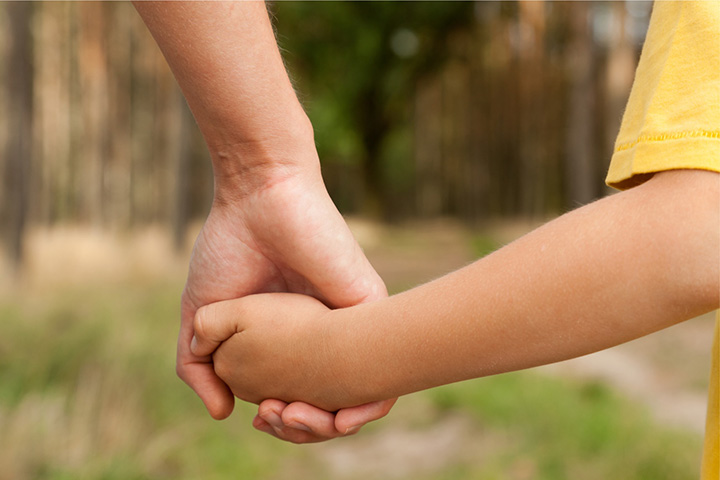CHILD CUSTODY
CHILD CUSTODY – Custody is divided into two areas, legal and physical. Custody can be shared or exercised jointly or it can be exercised solely. Some people refer to sole custody as “full” custody. The terms are interchangeable but the legal term is “sole.”

Sole legal custody means that one parent shall have the right and the responsibility to make the decisions relating to the health, education, and welfare of a child.
Sole physical custody means that a child shall reside with and be under the supervision of one parent, subject to the power of the court to order visitation.
Joint legal custody means that both parents shall the rights to make the decisions. This means both parents must talk to each other in making decisions relating to the health, education and welfare of a child. Joint physical custody means both parents share significant periods of visitation with the child.
The goal is that the children have “frequent and continuing contact with both parents.” There is a presumption that it is in the best interest of the child for parents to share both physical and legal custody.
Most people confuse custody with timeshare or visitation. A parent can have full or sole physical and legal and the other parent has visitation rights.
A judge makes these decision by using the “best interests of the child standard.” This means you have to be reasonable and convince the judge that your parenting plan is in the best interests of the child as compared to your spouse’s proposed parenting plan. The Court looks at the health, safety and welfare of the child or children when making its decision as to what is in the best interest of the child or children.
Every case needs to be evaluated individually to determine how we can meet your goals in your child custody arrangement.
